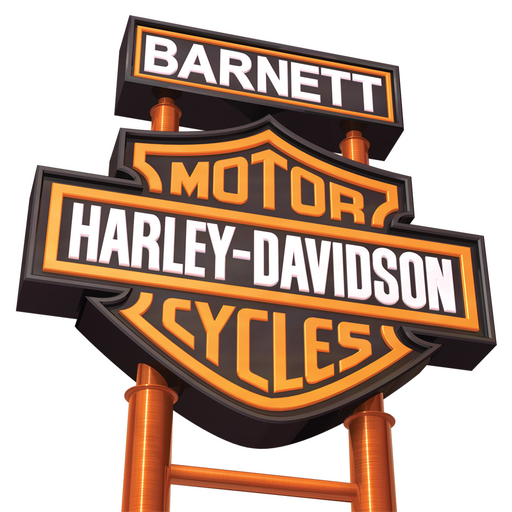
The St. Valentine’s Day Heart Throb
Story by J. Joshua Placa
Photos by Arizona Heart Institute
We have seen a lot of wild customs, but none that touched our hearts quite like this rolling piece of human anatomy. Biker and internationally renowned cardiovascular surgeon, Dr. Edward B. Diethrich thought it would be fun to have a bike that would somehow relate to his work, as fanciful as that may have seemed. But even this remarkable scientist was stunned by the results of this mad experiment.
What is generally referred to around the office, or more precisely the esteemed facility Diethrich founded, the Arizona Heart Institute, simply as the “heart bike,” was meant to be a birthday surprise from his son. Nice kid (dear daughter, please note. I like red, too).
“But the secret sneaked out and I got all excited,” said the doctor, 74, “So it wasn’t a surprise present, but it was beyond belief.” The idea was to do something special that would relate to the work we do here,” said the doctor. “We did the project for a variety of reasons, not the least of which was to use the heart bike as an educational tool, illustrate every aspect of the heart and how it works.”
The bike was carefully and painstakingly designed by Video Art Studios, which works closely with Diethrich’s foundation, producing materials used for patient care, public relations and TV commercials. Work was executed by Paul Yaffe, a kind of surgeon in his own right, and his trusty shopmen, with molding and paint by Gary Crisp. After a year of do and re-do, the heart bike pulsed to life in full anatomical fidelity. “It is really a wonder,” said Diethrich, “lots of fun, too.”
A mammoth TP Engineering, 124-cubic-inch V-Twin pounds the beat to this big blood pump. The bike could rip a heart attack right out of the asphalt. Yet, it spends most of its time at rest in the lobby of the Arizona Heart Institute, just in case King Kong needs an emergency transplant. I wonder what kind of first impression this big, steely organ makes on new patients? A biker who may literally hold your heart in his hands is not to be trifled with.
Diethrich has practiced for more than 40 years, and is widely regarded as one of the world’s pioneers in heart disease diagnosis and treatment. In 1971, he founded the Arizona Heart Institute and Foundation, an outpatient clinic devoted to the prevention, diagnosis and treatment of heart and blood vessel disease.
He belongs to more than 25 organizations, has received numerous awards, and has authored several books and hundreds of scientific articles. He even helped design and test some the instruments he has used in surgery. So why is such a brainy guy in a lab coat tooling around on some kind of crazy, barhopping, street ripping, medically inspired monster of a machine?
To set a good example, of course. Diethrich uses the bike as a study tool. Yes, it’s all about education and enriching eager minds. The heart bike is really a kind of bloody giant visual aid, and a healthy piece of inspiration.
The agreeable Dr. Diethrich, a true gentleman from the old school, wants to preserve the pristine bike, much like one would with a fine piece of sculpture. Besides, he doesn’t have a lot of time to ride, mostly because he’s usually a bit tied up with matters of life and death.
“When it was finished,” he said, “I couldn’t really believe it; it was really an art piece, an expression in iron and steel of what we do on a daily basis. Yaffe and his people, and Video Art Studios, which spent about six to nine months designing the gas tank and refining the artwork, worked tirelessly on this.” Drawings went back and forth to Yaffe until the heart tank form fit function, added Diethrich. “It went far beyond my expectations. I only rode it once because I was so worried it would get scratched up. It was too beautiful.”
The venerated medical director still practices and lectures here and in Europe (where he has been known to occasionally rent a fast bike). He never stops teaching and thought the bike would be a good way to get the undivided attention of young students. “When it’s not parked in the lobby, it’s in a junior high or high school class room. The students love it. I guess it’s more of a fun way to discuss the heart, point out some anatomy and explain how to prevent heart disease than they normally would expect. It’s an enjoyable way to teach.”
The anatomically correct love muscle, aortas, ventricles and all the other miraculous things that make our hearts pump, runs on gas, not blood, although maybe it should. Rumor has it that now and then on dark, moonless nights, Dracula sneaks in to steal a quick ride to the cross-town blood bank.
